Splitting Hives: The Art and Science of Hive Management for Sustainable Beekeeping
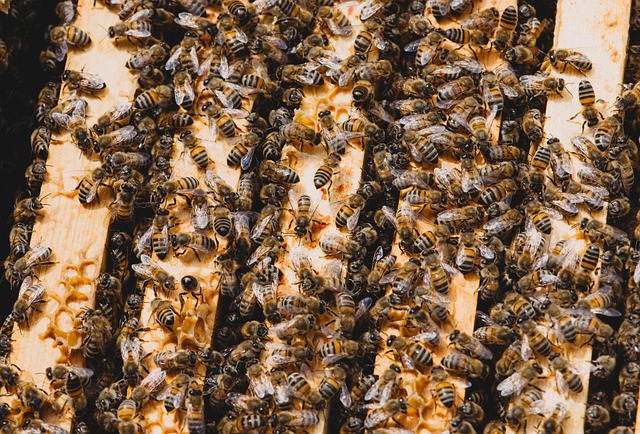
When starting out with beekeeping, if you want to do splits, the first thing you have to set out is the desired outcome. Some of the reasons you choose to do a hive split include:
1. To get more hives added to your apiary or to re-queen a colony.
2. To increase or to decrease the production of the hive.
3. To raise queen bees
4. To prevent swarming in the colony.
Again, depending on the desired outcome of the practice of splits, there are different approaches one can take in performing this task.
Consider these factors before you begin.
Timing for splits - As soon as the queen is available you can begin the splitting process. However I like to leave a hive queen-less for a short period then introduce her, it seems they accept her better, knowing they are queen-less.
Why do Hive Splits?
You are basically building two separate colonies in this practice; when you choose to do a split, make sure each new colony has a queen bee, and drones to produce off-spring in that colony so it can thrive and survive with a large amount of worker bees.
Both colonies also need an adequate supply of honey so they can thrive and brood. A split is basically going to create two individual colonies.
This might increase or decrease production of honey. Again, each beekeeper is going to have a different reason behind doing this, so you need to have this plan laid out from the onset if you choose to rely on splitting to develop your colonies so they will thrive.
Type of Hive Splits
There is more than one way to go about making the splits. Some of the ways you can do this are:
1. Even split - Basically you are going to cut things down the middle and make two equal colonies from the splitting process.
2. Walk away split - Here you take one frame of eggs, two emerging broods and two frames of honey and pollen. You will place a lid on it, leave it for a period of up to 4 weeks, and come back to see the development of the production/growth.
3. Typical split - It is similar as the even split, but you will either introduce a new queen or allow the new colony to raise their own queen bee. Allow this split to develop over a period of about 4 weeks, and see where the growth goes.
4. Swarm control split - Here you will place the queen bee in a nuc. You want to use this method to help prevent swarming or control production, so it is best to leave the brood nest open with this process of splitting. You can of course combine splitting processes as well, depending on the reasoning/purpose for splitting the colonies.
Every beekeeper is going to take a different approach in splitting their colonies, so understanding how they work, and understanding how to use the different approaches is the most important part of restructuring your bee colonies.
How early can you split the colony?
For bees, this will typically require at least 3 to five full frames each for there to be a sufficient number of bees, to warrant splitting them in the first place. For mediums, this will be up to eight frames to have a sufficient number of bees, honey, and pollen, for the bees to survive in their splits.
Basically as early as you can put together the nucs, you can split your bee colony. Later in the year if it is not too cold or frosting you can get by with less bees, but it is typically not the best approach to take when splitting your bee colonies.
Beekeepers also often ask how often they can perform a split.
In some hives, you simply can't perform a split at all if there aren't a sufficient number of bees to hold their footing.
With some hives which thrive, you can do up to five splits per year, and you are going to notice that they will thrive, simply because of the original composition of the colony which you are splitting.
Doing this frequently may result in not getting any honey crop for the year, so one must keep this in mind if you do plan on doing multiple splits during the course of the year with your colonies.
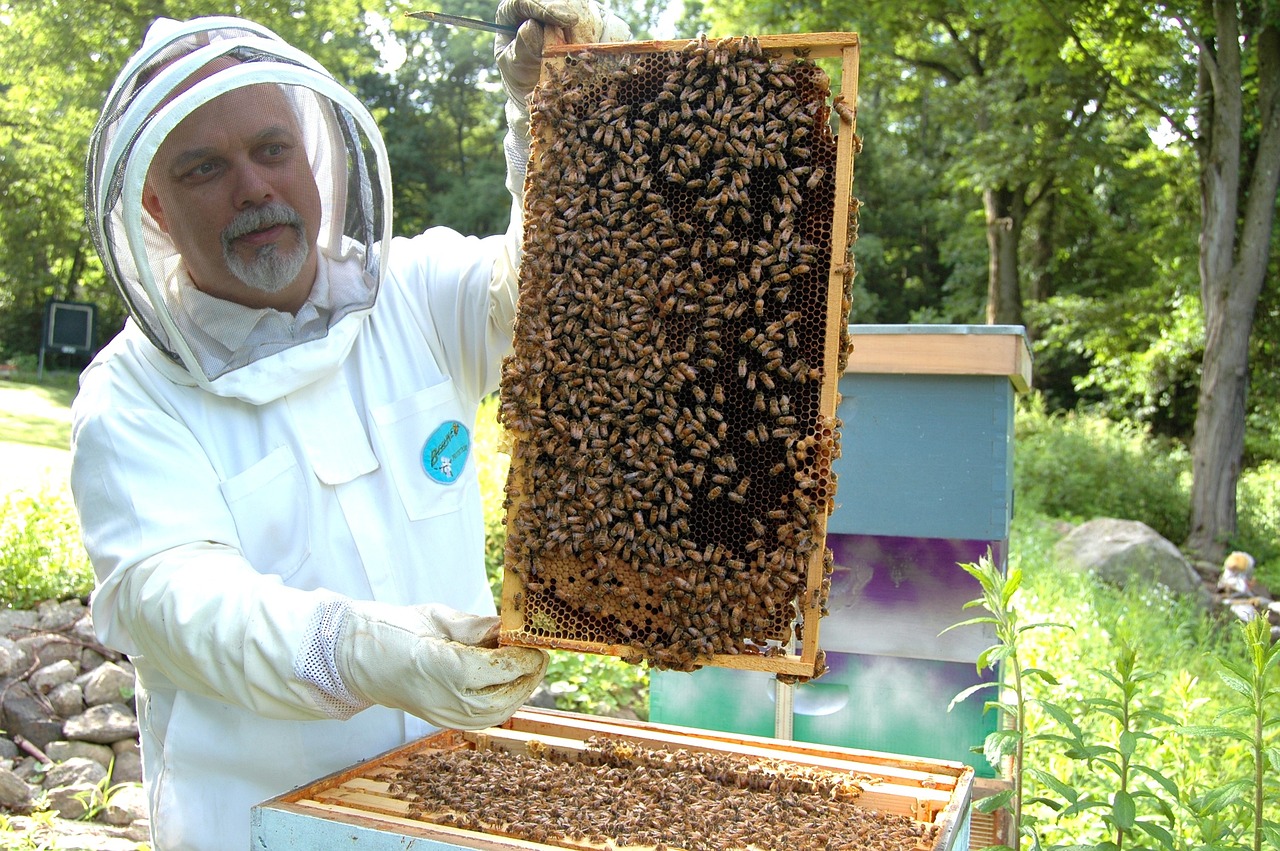
How Far to Place the New Split
Beekeepers often ask how far away to place the new split from the original colony.
If it is two miles or less apart, you do have to account for the drift factor, and the fact that bees might try to return to their original colonies.
In most cases, you do not have to go this far apart when you are doing a split.
Simply place two splits facing the original hive, to the old location where they originated from. More often than not however you are not going to have to worry about this, or the drift, especially if you are using the medium frames when creating splits.
Ultimately, every beekeeper is going to take the process of splitting into their own hands. You have many reasons to perform the split.
From wanting to requeen a hive, to wanting to increase the production or decrease production in a particular hive, there are different reasons for performing this practice. It is important to lay out the reasons before you begin splitting.
Not only to ensure you are going to do the process properly, but also to ensure you are going to attain the desired outcome from splitting the colony of bees, regardless of the desired outcome you have in mind.




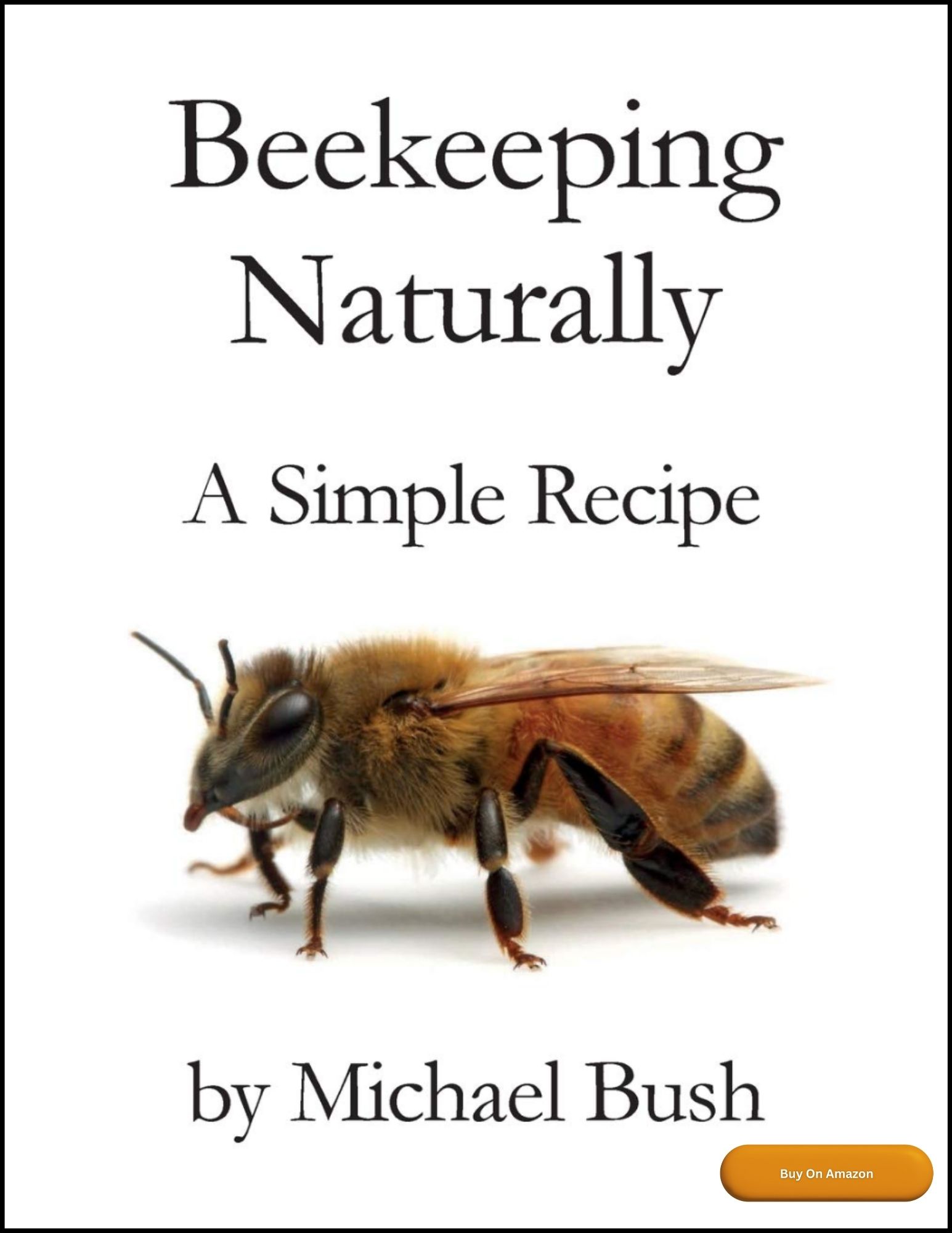
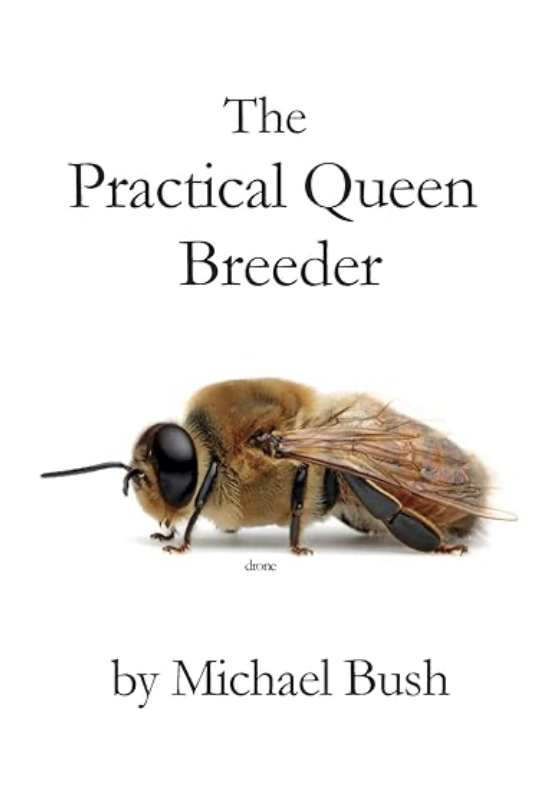

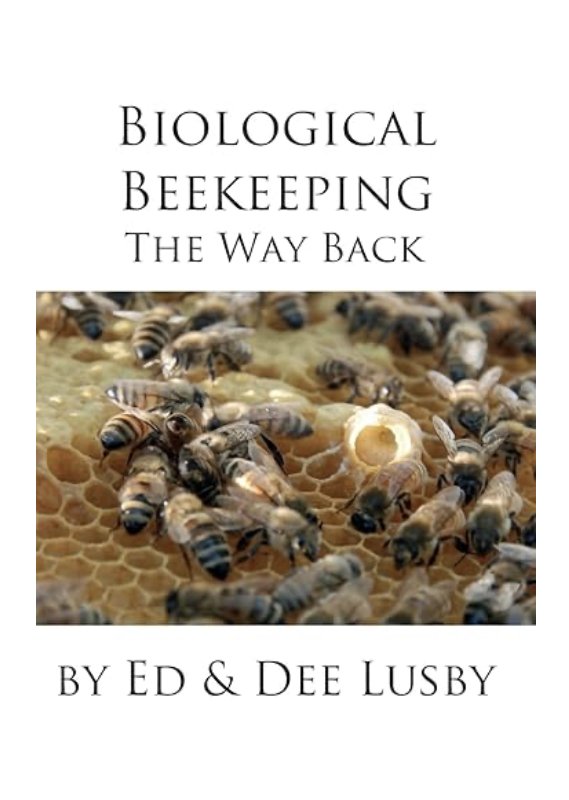

New! Comments
Have your say about what you just read! Leave me a comment in the box below.